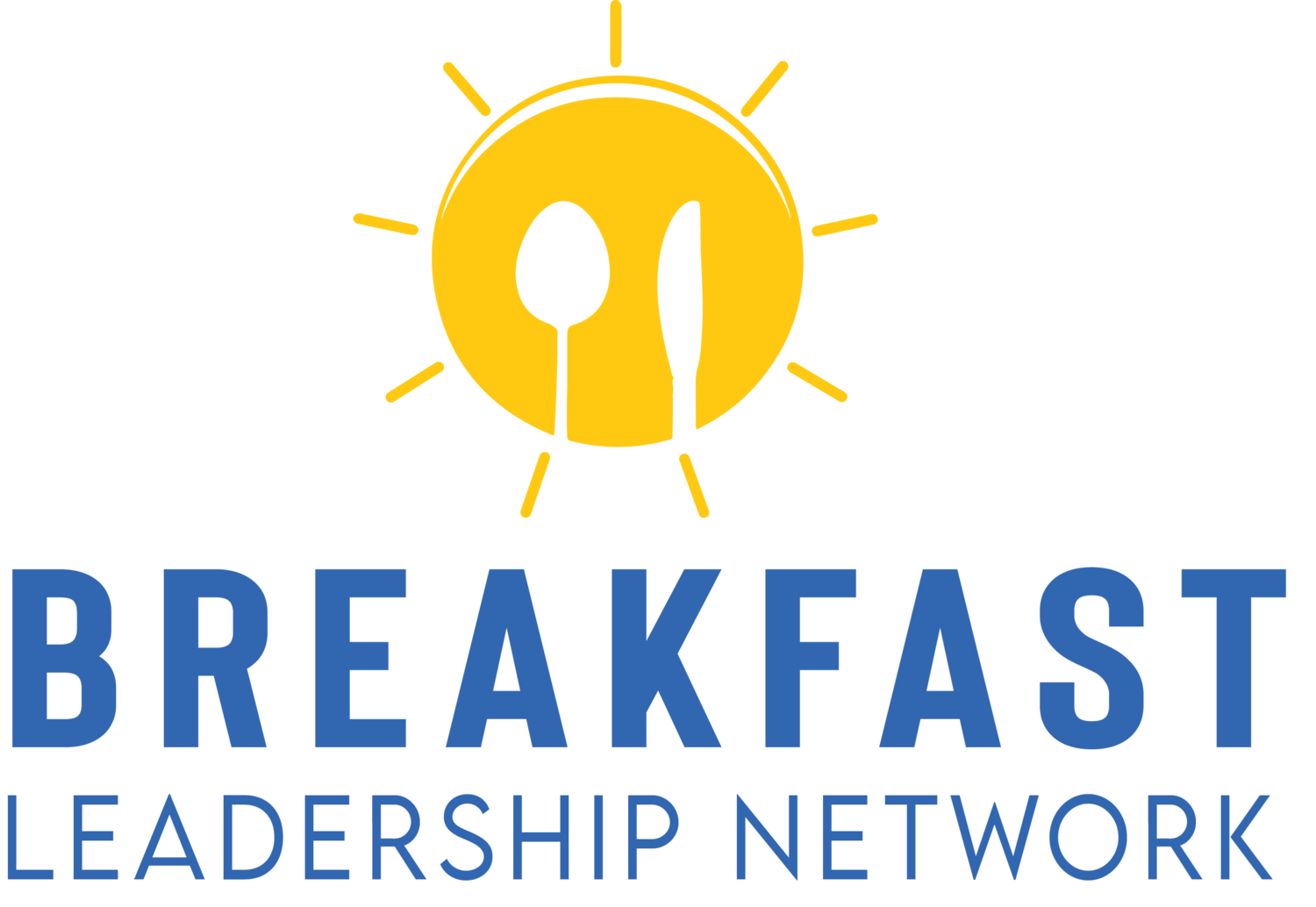Navigating a Downturn: How Employers Can Rebound by Investing in Workplace Culture
The employment landscape is shifting once again. According to a recent SHRM Executive Network report, the CHRO Employment Outlook Index fell to 44.3 in Q2 2025, down from 52.3 in Q1, indicating that HR leaders are increasingly concerned about a potential downturn in hiring and business expansion. While concerns about inflation and economic uncertainty are partly to blame, the real question for employers is how organizations can maintain resilience and high performance even during uncertain times.
The answer lies not in reactive layoffs or hiring freezes, but in something more foundational and sustainable: a renewed focus on workplace culture.
In my latest book, Workplace Culture: Strategies for Cultivating an Environment of Excellence, Purpose, and Performance (available here), I outline actionable frameworks leaders can use to develop healthy, productive, and engaged organizations. These strategies are especially vital during economic downturns when retaining top talent, reducing burnout, and increasing organizational trust are no longer “nice-to-haves”—they're make-or-break priorities.
The Data: A Clear Call for Action
SHRM’s report paints a sobering picture: 47 percent of CHROs anticipate hiring fewer people in the next six months, and 56 percent believe their organizations are less likely to pursue major business expansions. While financial constraints and economic forecasting shape these decisions, leaders cannot ignore the internal cost of disengaged teams and toxic environments. Especially when the labor market rebounds—as it inevitably will—companies that neglect their culture will find themselves hemorrhaging talent.
Why Culture Is the Most Strategic Investment Right Now
Culture has always been a driver of performance, but it becomes a company’s most controllable asset during periods of financial stress. You can’t predict inflation. You can’t influence macroeconomic cycles. But you can choose how your team experiences their workday—how safe they feel to speak up, how connected they are to their purpose, and how much they trust their leadership.
Here’s how companies can turn cultural investment into a competitive advantage:
1. Start with Listening, Not Guessing
One of the key takeaways in Workplace Culture is the importance of deeply listening to your team. Too often, companies roll out “culture initiatives” based on leadership assumptions rather than actual employee experience. That’s a recipe for wasted time, money, and morale.
Instead, use anonymous pulse surveys, listening sessions, or AI-powered feedback tools to understand what’s happening in your organization. Are people feeling undervalued? Are workloads unreasonable? Are managers equipped to lead during uncertainty?
The truth might be uncomfortable, but it’s the starting point for real change.
2. Replace Perks with Psychological Safety
Gourmet snacks and ping-pong tables are out. Today’s workforce values psychological safety, clear communication, and meaningful recognition, especially during turbulent times.
Don't even think about hosting a pizza lunch...
A strong culture isn’t about perks—it’s about principles. Leaders should double down on values like transparency, inclusion, and integrity. Create environments where people feel safe to raise concerns, challenge ideas, or admit mistakes without fear of retribution.
This level of safety fosters innovation and agility—two things every company needs when navigating uncertainty.
3. Train Leaders to Be Human-Centric
Managers are the front line of culture. Unfortunately, many were never trained to lead with empathy, manage through change, or recognize signs of burnout.
Invest in leadership development focusing on soft skills, such as coaching, active listening, and emotional intelligence. Leaders who lead with humanity, even when budgets are tight, build trust that pays long-term dividends in retention and performance.
My book offers practical templates for building high-trust leadership frameworks that can be implemented quickly, even in thin organizations.
4. Burnout is the Silent Bottom-Line Killer
If your team is operating in a constant state of stress and urgency, it won’t matter how brilliant your strategy is. Burnout silently erodes productivity, increases turnover, and creates hidden costs across your operations.
In workplace culture, I emphasize creating rhythms of rest, focus, and deep work. I encourage boundaries, model work-life balance from the top, and eliminate “urgency theater.” When people are well, your business runs well.
5. Make Culture Measurable
It’s not enough to say “culture matters.” You need metrics: track engagement levels, turnover rates, psychological safety scores, and burnout indicators. When culture becomes as measurable as revenue, it earns a seat at the executive table.
Use this data not only to prove ROI but also to adapt quickly. Culture should evolve with the needs of your people and your business, not remain static.
Recession-Proofing Your Culture
Leaders often think of cultural work as something to prioritize in boom times. But the opposite is true. Economic downturns are the stress tests that reveal what your culture is truly made of. Companies that invest in their people during hard times build loyalty long after the market rebounds.
The SHRM report warns of a slowdown, but that doesn’t mean companies must stagnate. Those who treat this moment as an opportunity to refine and reinforce their culture will emerge stronger, more cohesive, and more prepared for what’s next.
To get started, I invite you to explore Workplace Culture: Strategies for Cultivating an Environment of Excellence, Purpose, and Performance. It’s not just a guidebook—it’s a blueprint for building organizations that thrive, even when the economy doesn’t.
Because when culture leads, performance follows.
Michael D. Levitt is a global thought leader on burnout, workplace culture, and HR strategy. He is the founder of the Breakfast Leadership Network, a keynote speaker, and author of several books, including Workplace Culture. You can learn more at BreakfastLeadership.com.
